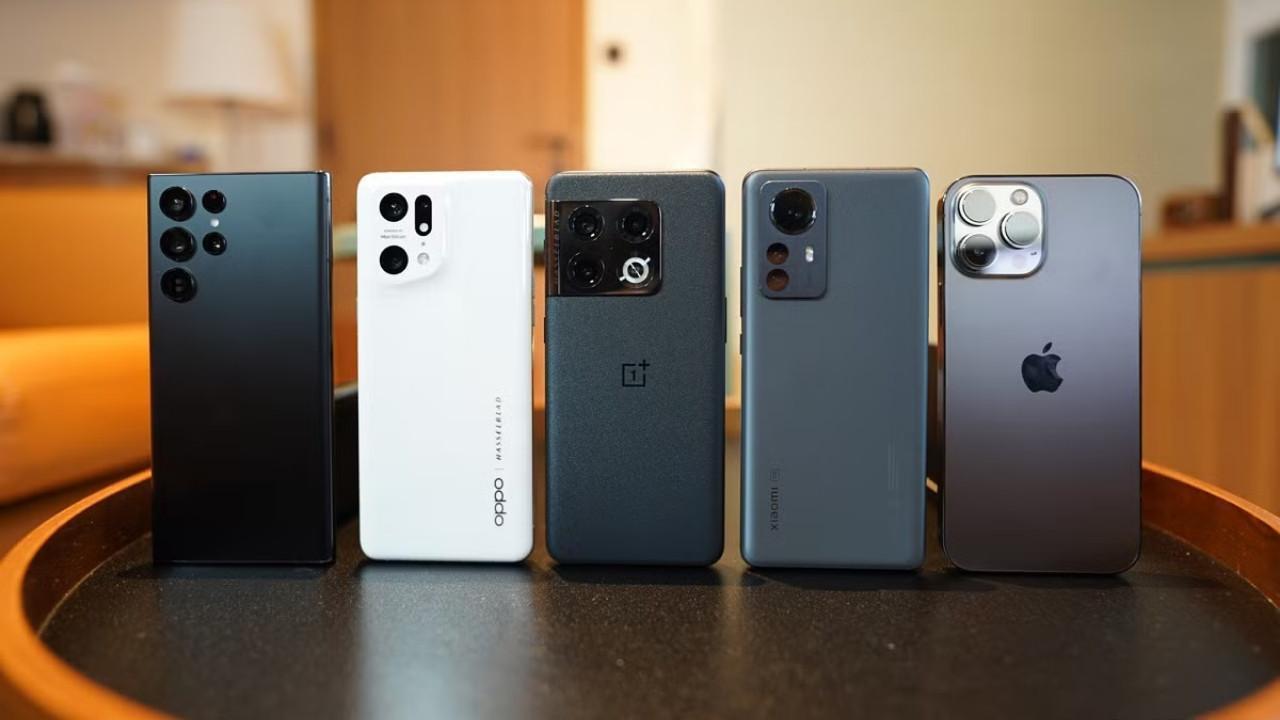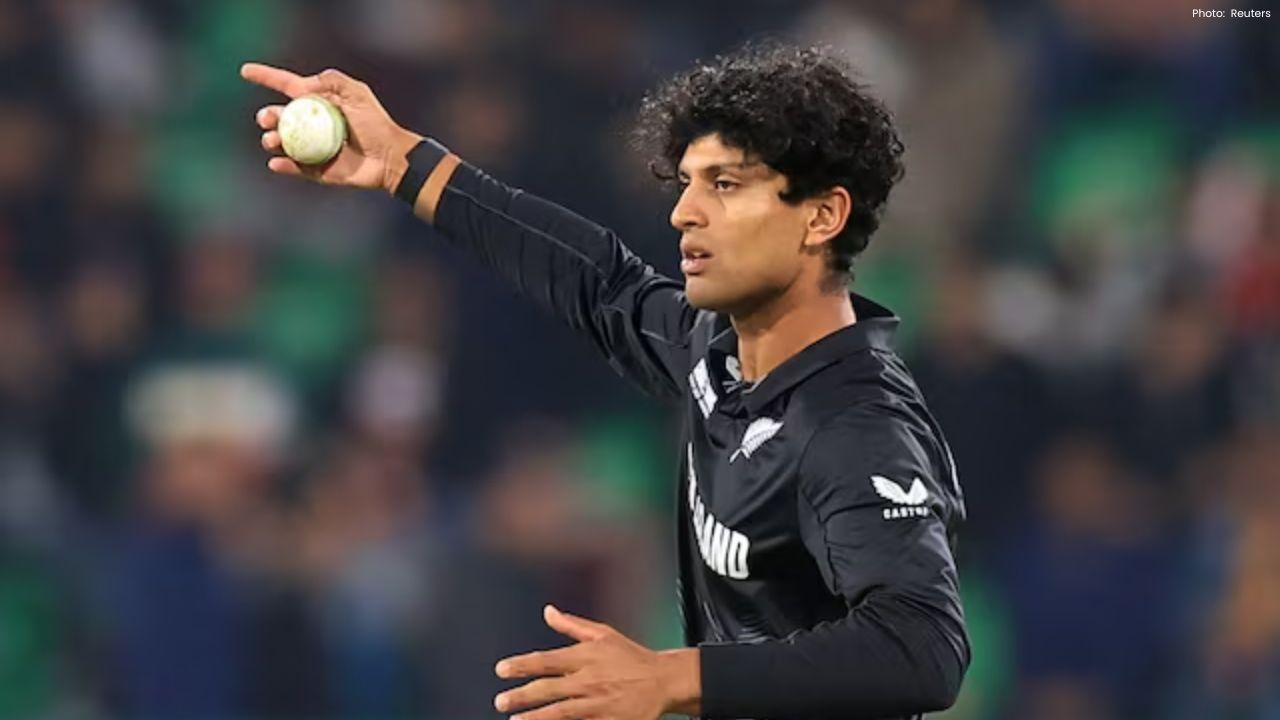
Join 10k+ people to get notified about new posts, news and tips.
Do not worry we don't spam!

Post by : Anis Farhan
The smartphone industry is entering its most transformative era yet. In 2025, it’s not just about megapixels, design aesthetics, or screen refresh rates — it’s about intelligence. Artificial Intelligence has become the core of every flagship launch, powering everything from predictive camera systems to real-time app optimization.
Apple’s iPhone 16 Pro, Samsung’s Galaxy S25 Ultra, Google’s Pixel 9 Pro, and OnePlus 13 are at the forefront of this revolution. Each brand is racing to integrate AI deeper into the user experience, making devices smarter, faster, and more energy-efficient. But as AI dominates the spotlight, battery technology is quietly evolving too — solving one of the biggest pain points users have faced for over a decade.
2025 is shaping up to be a year where AI meets endurance, setting a new benchmark for what it means to own a flagship device.
Apple has long championed the marriage between hardware and software, and the iPhone 16 Pro is the perfect example. The new A19 Bionic chip introduces a dedicated neural engine capable of 60 trillion operations per second. This translates into seamless AI-driven tasks such as advanced photo editing, personalized Siri responses, and predictive user behavior learning.
But the real game-changer is Apple’s AI Health Suite, which monitors not just fitness metrics but also stress levels, hydration patterns, and even emotional states through micro facial analysis. Apple’s focus has clearly shifted from being a productivity device to being a personalized digital companion.
On the battery front, the iPhone 16 Pro debuts Apple’s graphene-enhanced lithium cell, offering a 20% increase in capacity and a 1.5x faster charging time. Combined with iOS 19’s adaptive power-saving algorithms, the iPhone finally delivers the all-day endurance users have long demanded.
Samsung’s 2025 flagship, the Galaxy S25 Ultra, continues its reign in innovation. The device’s biggest strength lies in its AI-powered quad-camera setup, capable of detecting and adjusting to lighting, depth, and motion in real-time. The AI engine even learns your photography habits, automatically tuning settings to suit your preferred style.
The S25 Ultra’s Exynos 2500 chip, built on a 3nm process, not only improves speed but also integrates a “Cognitive AI Core” designed to anticipate user actions — from app usage patterns to multitasking preferences. This ensures that the device optimizes power consumption intelligently throughout the day.
Samsung’s solid-state battery technology is another leap forward. With a 40% higher energy density and improved thermal management, it promises both faster charging and longer lifespan. Combined with eco-friendly recyclable components, Samsung is positioning the S25 Ultra as both a powerhouse and a sustainability leader.
If there’s one company pushing AI boundaries the hardest, it’s Google. The Pixel 9 Pro, powered by the Tensor G4 chipset, has taken AI integration to an entirely new level. Google’s Gemini Nano AI model, built directly into the device, allows for on-device generative tasks without internet connectivity. From real-time language translation to AI photo retouching, the Pixel feels more like a pocket assistant than a phone.
One of its most impressive features is the “Predictive Mode”, which anticipates user intent. For instance, if you’re driving to a new destination, Pixel can automatically pull up directions, adjust brightness, and enable Do Not Disturb — all without commands.
Google has also focused heavily on adaptive battery intelligence, a system that learns your charging habits and dynamically adjusts background processes to extend battery health. The result is a device that not only thinks smarter but also lasts longer — all while staying true to Google’s minimalist design philosophy.
Once known as the “flagship killer,” OnePlus has matured into a premium brand that values refinement as much as raw speed. The OnePlus 13 delivers both, with its Snapdragon 8 Gen 4 processor and new AI Tuning Engine that optimizes system performance in real-time.
AI-assisted features include Smart Refresh, which dynamically adjusts the screen’s refresh rate depending on user activity, and Cognitive Cooling, which learns your phone usage patterns to manage temperature proactively.
On the power side, OnePlus introduces dual-cell lithium polymer batteries combined with 150W SUPERVOOC charging, capable of filling the device from 0 to 100% in under 20 minutes. The phone also employs a “Smart Charging Pause” feature — pausing charging at 80% overnight to protect battery longevity.
What makes the OnePlus 13 stand out is its value-driven innovation — offering flagship AI features and battery efficiency at a more affordable price compared to Apple or Samsung.
The AI takeover in 2025 isn’t just happening behind the scenes. It’s visible in how users interact with their phones daily. Predictive text and auto-correct are now replaced by contextual understanding, where the phone learns how you communicate and adjusts accordingly.
AI-driven cameras no longer just enhance lighting but can recreate depth perception, mimicking professional lenses. Voice assistants now respond not just to words but to tone and emotional cues. Your phone now knows whether you’re stressed, excited, or tired — and adjusts its suggestions accordingly.
AI is also redefining security. Face recognition systems have evolved into multi-modal authentication, combining iris, facial, and behavioral biometrics to create unbreakable security layers. Your phone learns how you hold it, swipe, and even walk — ensuring only you can access it.
While AI steals the spotlight, battery technology is quietly experiencing its biggest upgrade in a decade. Every major manufacturer is pushing towards solid-state batteries, which offer higher density, faster charging, and better safety than traditional lithium-ion cells.
Apple’s graphene solution improves efficiency, while Samsung’s solid-state innovation leads the way in heat control. Google and OnePlus are experimenting with AI-managed charging cycles, which monitor user behavior to minimize battery degradation.
Wireless charging has also evolved with AI frequency tuning, automatically adjusting wattage to suit device conditions and prevent overheating — a small but impactful improvement that enhances long-term reliability.
Modern consumers are not just looking for speed or specs; they’re looking for sustainability. 2025’s flagship devices reflect this shift. From recyclable aluminum frames to bio-based plastics, manufacturers are embracing eco-conscious design philosophies.
Samsung’s commitment to using 50% recycled materials, Apple’s 100% carbon-neutral production pledge, and Google’s modular repair initiatives reflect an industry-wide move towards responsible technology.
Battery longevity, software updates, and hardware recyclability have become as important as raw power — signaling a maturing market that values ethics as much as innovation.
Every brand brings something unique to the table:
Apple leads in ecosystem integration and personalized AI health tracking.
Samsung dominates in camera intelligence and solid-state battery leadership.
Google shines in pure AI innovation with on-device generative intelligence.
OnePlus delivers balance — offering top-tier features without flagship-level pricing.
The real winner, however, is the user. The convergence of AI and battery technology has redefined what a smartphone can be — transforming it from a communication device into an adaptive digital partner.
By 2026, this evolution will likely continue toward self-optimizing smartphones that learn, adapt, and even repair digital inefficiencies autonomously. The future of phones isn’t about more pixels or cores — it’s about intelligence that understands us better than ever before.
This article is based on upcoming smartphone releases and industry reports from September and October 2025. It is written for informational and editorial purposes only and does not promote any specific brand or product. All features described are subject to official confirmation upon launch.










Conway Shines as New Zealand Edges Out West Indies in Napier
Devon Conway and Rachin Ravindra propel New Zealand to a five-wicket victory over West Indies, clinc

Ja'Marr Chase Faces One-Game Suspension Following Spitting Incident
Bengals' Ja'Marr Chase receives a one-game suspension after spitting on Jalen Ramsey; his appeal has

England Names 12-Man Squad for Opening Ashes Test in Perth
England reveals a 12-man squad for the first Ashes Test in Perth, featuring Shoaib Bashir and a pace

Roger Federer Inducted into Tennis Hall of Fame in Historic First Year
Tennis icon Roger Federer receives Hall of Fame recognition in his first year, alongside renowned co

Steve McClaren Steps Down as Jamaica’s Head Coach Following World Cup Qualifying Draw
After a crucial goalless draw with Curacao, Steve McClaren resigns as Jamaica's head coach, leaving

Daryl Mitchell Tops ICC ODI Rankings, Updates Released
Daryl Mitchell ascends to No.1 in the ICC ODI rankings, with boosts for players from New Zealand, In